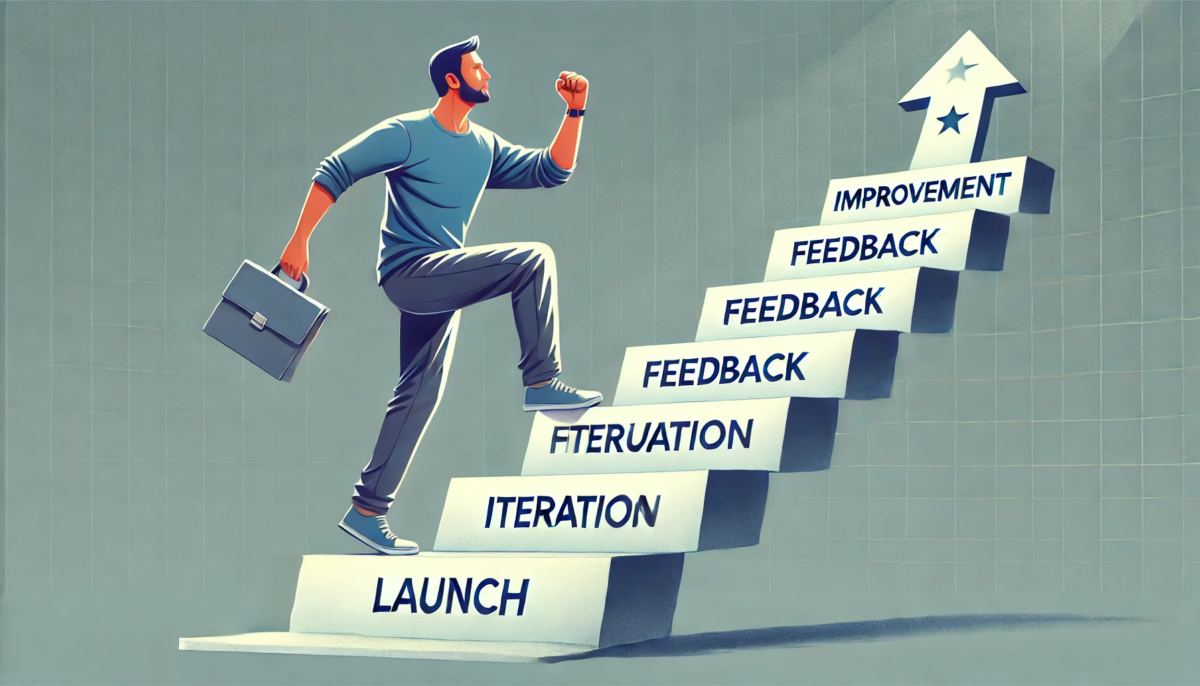When it comes to website optimization, the smallest words can have the biggest impact.
In conversion copywriting, one subtle tweak — changing “Claim Your Offer” to “Claim My Offer” — can increase clicks by up to 25%, according to studies from Unbounce and HubSpot.
This isn’t magic. It’s behavioral science at work.
Let’s explore why this simple word swap makes such a powerful difference — and how you can use it to optimize your own CTAs.
The Psychology Behind the “My Effect”
At its core, the power of “my” taps into the Endowment Effect, a concept from behavioral economics introduced by Richard Thaler.
The Endowment Effect shows that people naturally place a higher value on things they feel they own — even before they actually do.
When a visitor reads:
“Claim my free offer”
…it triggers a sense of ownership and emotional attachment before they’ve even clicked.
By contrast:
“Claim your free offer”
…creates a small, subconscious distance — it’s something being offered to them, not something that’s already theirs.
That micro-moment of perceived ownership can nudge a hesitant visitor toward action.
The Power of Self-Talk
“My” also works because it mirrors internal dialogue — the way we naturally talk to ourselves when making decisions.
When your CTA reads “Claim my offer,” your visitor’s inner voice is saying:
“I’m about to claim my offer.”
It’s personal, affirmative, and action-oriented.
This self-reinforcement increases the likelihood of follow-through, leveraging what behavioral scientists call the Consistency Principle — once we state or think an action as our own, we’re more likely to complete it.
What the Data Shows
Conversion optimization platforms have repeatedly validated this psychological principle in real-world A/B tests:
- Unbounce found that “Start my free trial” outperformed “Start your free trial.”
- VWO recorded higher engagement with “Get my quote” vs. “Get your quote.”
- HubSpot saw improved click-through rates for “Download my guide.”
Across industries, “my” CTAs tend to outperform “your” CTAs — particularly when users are taking a personal action, such as signing up, downloading, or claiming an offer.
When to Use “Your” Instead
That doesn’t mean “your” never works.
If your copy is educational, advisory, or benefit-driven, “your” can actually sound more professional and empathetic.
For example:
- “Improve your conversion rate”
- “Boost your website’s visibility”
The rule of thumb:
Use “my” when prompting action.
Use “your” when describing benefits.
Applying Behavioral Insights to Your CTAs
Here are a few ways to put this principle into action across your site:
- Test microcopy variations. Try “Get My Free Audit” vs. “Get Your Free Audit.” Track engagement, not just clicks.
- Anchor it in emotion. Pair “my” with language that signals gain or progress (e.g., “Unlock My Report,” “Start My Free Trial”).
- Reinforce consistency. Make sure the landing page headline reflects the same ownership tone.
- Keep it simple. The most effective CTAs use short, emotionally charged verbs and first-person framing.
The Takeaway
Behavioral science reminds us that humans don’t always make rational decisions — we make emotional ones, often triggered by subtle language cues.
By choosing words that foster ownership and self-motivation, you turn your CTAs from commands into commitments.
So next time you write a button, ask yourself:
Should this be my offer — or your offer?
Then let the data — and the behavior — decide.
Want to uncover more ways to boost conversions with behavioral insights?
Let’s review your website together and identify where small tweaks can drive big results.
#EdmontonBusiness #yeg #yegbiz #yegbusiness



